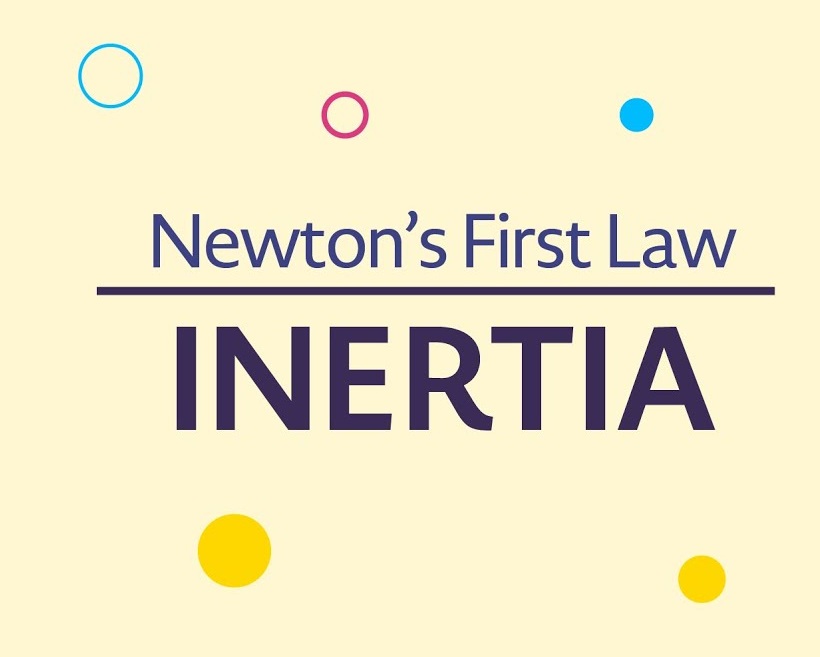Newton’s First Law of Motion: The Law of Inertia
Newton’s 1st Law of Motion Sir Isaac Newton’s contributions to physics revolutionized our understanding of the natural world.
One of his fundamental insights is encapsulated in Newton’s First Law of Motion, often referred to as the Law of Inertia.
This law lays the groundwork for comprehending the behavior of objects at rest or in motion and is a cornerstone of classical mechanics.
 IPS विकास वैभव सर की लोकप्रिय कविता
IPS विकास वैभव सर की लोकप्रिय कविता
Newton’s 1st Law of Motion
Newton’s 1st Law of Motion can be stated as follows: “An object at rest will remain at rest, and an object in motion will remain in motion unless acted upon by a net external force.” This succinctly captures the essence of the law and introduces the concept of inertia.
Understanding Inertia:
Inertia is the tendency of an object to resist any change in its state of motion. Objects exhibit inertia whether they are at rest or moving. This resistance to change can be thought of as a natural reluctance to alter their current condition. Newton’s 1st Law of Motion
Consider a stationary book on a table. According to Newton’s First Law, the book will stay at rest unless a force is applied to it. This force could come from someone picking up the book or a gust of wind pushing it off the table. In the absence of such external forces, the book remains motionless.
Similarly, if the book is already in motion (perhaps sliding off the table), it will continue to move until acted upon by a force. In this case, friction with the table and air resistance could gradually bring the book to a stop.
Application of Newton’s 1st Law of Motion
The Application of Newton’s 1st Law of Motion are evident in numerous aspects of our daily lives.
Consider driving a car. When the car comes to a stop, it’s the brakes (external force) that act on it, overcoming the inertia of motion. Conversely, when you accelerate,
the force from the engine propels the car forward, overcoming the initial inertia of rest.
Newton’s First Law also explains why seat belts are crucial for passenger safety. In the event of a sudden stop, without seat belts, passengers would continue moving at the car’s original speed until acted upon by another force,
such as the windshield or dashboard. Seat belts apply a force that brings the passengers to a stop along with the car, reducing the risk of injury.
Inertial Frames of Reference:
An inertial frame of reference is a crucial concept related to Newton’s First Law. It is a frame in which Newton’s laws of motion hold true without the need for additional forces.
In other words, if you are in an inertial frame and no external force is acting on you, you won’t accelerate—you’ll remain at a constant velocity or remain at rest.
Understanding inertial frames is essential for accurately describing the motion of objects. While Newton’s laws are excellent approximations in many situations,
Einstein’s theory of relativity expanded our understanding, particularly in cases involving very high speeds or strong gravitational fields.
Conclusion:
Newton’s First Law of Motion, the Law of Inertia, is a cornerstone in classical mechanics. It provides insights into how objects behave when subjected to external forces and has profound implications for our understanding of motion.
This law, along with the subsequent laws formulated by Newton, laid the foundation for classical physics and remains a fundamental concept in the study of mechanics. Whether we are observing the motion of celestial bodies,
designing transportation systems, or ensuring our safety in everyday activities, the principles encapsulated in Newton’s First Law continue to be indispensable.
For More information visit web :-https://xeidea.com/
And news website:- https://lokprasang.com/

welldone
thanks